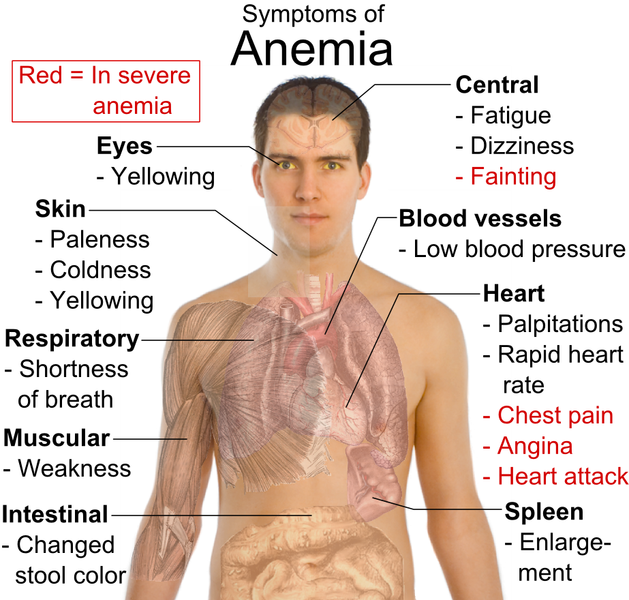
Neck pain has many causes. Mechanical neck pain comes from injury or inflammation in the soft tissues of the neck.
This is much different and less concerning than symptoms that come from pressure on the nerve roots as they exit the spinal column. People sometimes refer to this problem as a pinched nerve. The big fancy medical term for it is cervical radiculopathy.
There are seven bones in your neck.
A round block of bone, called a vertebral body, forms each bone, or vertebra. A bony ring attaches to the back of each vertebral body.
When the vertebra are stacked on top of each other, the bony rings form a long bony tube that surrounds and protects the spinal cord as it passes through the spine.
Travelling from the brain down through the spinal column, the spinal cord sends out nerve branches through openings on both sides of each vertebra. These openings are called the neural foramina. Cervical radiculopathy is caused by any condition that puts pressure on the nerves where they leave the spinal column.
The symptoms from cervical radiculopathy are from pressure on an irritated nerve. These symptoms are not the same as those that come from mechanical neck pain. Mechanical neck pain usually starts in the neck and may spread to include the upper back or shoulder – it rarely extends below the shoulder.
Headaches are also a common complaint of both radiculopathy and mechanical neck pain. The pain from cervical radiculopathy usually spreads further down the arm than mechanical neck pain. And unlike mechanical pain, radiculopathy also usually involves other changes such as numbness, tingling and weakness in the muscles of the shoulder, arm, or hand.
There are two main causes of cervical radiculopathy. The first is due to degeneration, or arthritis in the spine. As degeneration of the spine progresses bone spurs can form within the foramen. These bone spurs can put pressure on the nerve and cause irritation that can create the symptoms described above.
The second major cause of a pinched nerve in the neck is a disc herniation. Discs are gel-filled sacs that sit in between the vertebrae in the neck. When the gel in the middle of the disc pushes through the disc wall it can start to hit the nerve and also cause the symptoms mentioned above.
Ben Chatterson works at the Comox Valley Rehabilitation in Motion clinic. Visit rehabinmotion.com